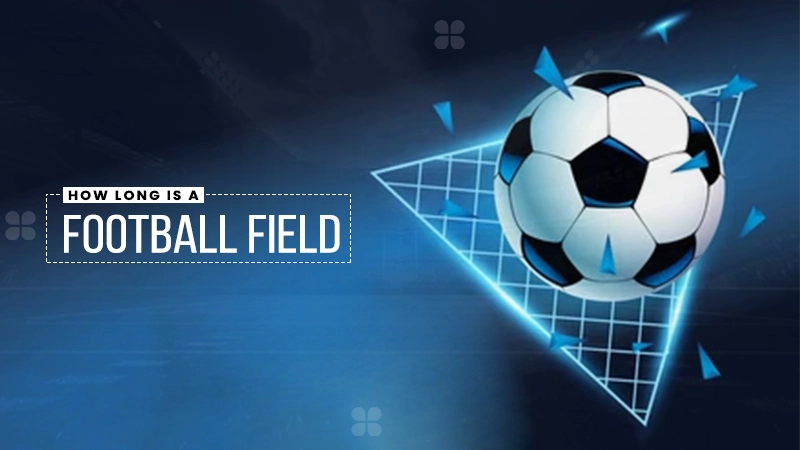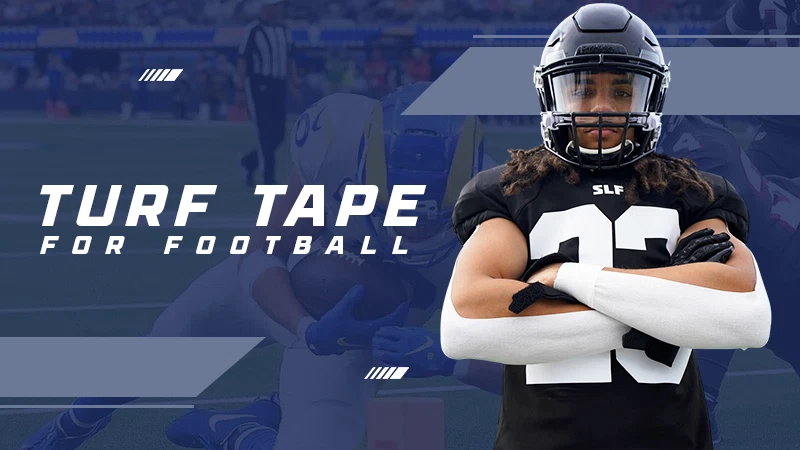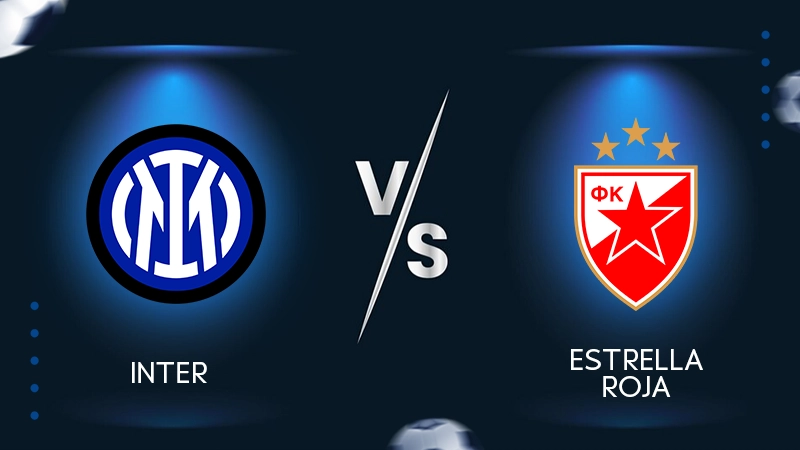Choosing the right soccer ball isn’t just about comfort, it’s about skill development, safety, and also enjoyment of the game.
Whether you are a parent trying to get your kids into soccer, a coach preparing for a new season, or a player trying to improve their technique, using the correct soccer ball size by age is necessary.

In this guide, we will break down everything you need to know about soccer ball sizes by age.
Let’s get started!
The Importance of Using the Right Soccer Ball Sizes By Age
Using the correct soccer ball size for your age group is essential for many reasons. Here is a look at some of the top ones.
- The correct ball size prevents injuries, as oversized balls can strain joints and muscles in younger players.
- It can also support technique development. Properly sized balls help players learn accurate dribbling, passing, and shooting.
- The right-sized balls can also boost the confidence of kids as they find it easier to handle those balls.
- Smaller balls are also required in most youth and adult soccer leagues around the world.
Soccer Ball Size Chart
The soccer balls come in different sizes for each age group and purpose. Here is the breakdown of the sizes of soccer balls.
Soccer balls come in five sizes intended for different age groups.
- Size 1 balls have a circumference of less than 20 inches. They are primarily used for training and souvenirs.
- Size 2 balls have a circumference of 20 to 22 inches.
- Size 3 balls have a circumference of 23 to 24 inches.
- Size 4 balls have a circumference of 25 to 26 inches.
- Size 5 balls have a circumference of 27 to 28 inches.
All these soccer ball sizes are intended for different uses. Read the section below to learn more about how players on a soccer team utilize them.
Detailed Look at Soccer Ball Size by Age
In this section, we will break down the sizes of soccer balls for most ages. Soccer balls come in five sizes. Have a look at them.

Size 1 Soccer Ball
Size 1 soccer balls are known as mini balls and are the smallest of all soccer balls with a 18-to-20-inch circumference. These balls are not used in official matches, however, they play an important role in the skill development of young players. Here are the details.
- Recommended Age: All ages (especially toddlers)
- Circumference: 18″ – 20″
- Weight: 7 – 9 oz
A size 1 soccer ball is great for footwork training and skill drills. They are also used for indoor foot juggling and fun play for toddlers. Sometimes, these can also be used for promotional or collectible purposes.
Size 2 Soccer Ball
Most of the time, a size 2 soccer ball is referred to as a “skills ball.” It is slightly larger than size 1 but still compact. It is perfect for kids to start their journey in soccer.
- Recommended Age: 3 – 5 years
- Circumference: 20″ – 22″
- Weight: 9 – 11 oz
This soccer ball is best suited for young children developing coordination and can be used for basic dribbling skills and control drills. These balls are compact for players of all ages. These balls are very rarely used in matches but can be a handy tool for foundational training.
Size 3 Soccer Ball
The size 3 soccer ball is the smallest ball used in competitive youth matches. These types of balls are ideal for children who are learning the fundamentals of soccer.
- Recommended Age: 5 – 8 years
- Circumference: 23″- 24″
- Weight: 11 – 12 oz
You can use this size of a soccer ball for youth matches, training, developing dribbling, and passing. It can also be used for lightweight control for smaller players. You can go ahead and buy a size 3 soccer ball for a kindergartener or early elementary-aged kid.
Size 4 Soccer Ball
A size 4 soccer ball is perfect for the group of kids transitioning between youth and adult ball sizes. It can help them get accustomed to the weight of the full-sized ball without overwhelming them.
- Recommended Age: 8 – 12 years
- Circumference: 25″ – 26″
- Weight: 12 – 13 oz
A size 4 soccer ball is used for youth league games. It helps players develop power and technique to grow into stronger gameplay while maintaining control.
Size 5 Soccer Ball
Lastly, a size 5 soccer ball is the standard adult size for all professional and adult soccer matches. It is the largest and heaviest soccer ball by size available in the market.
- Recommended Age: 13 years and up
- Circumference: 27″ – 28″
- Weight: 14 – 16 oz
This ball is great for high school, college, and professional players. These balls are also used for advanced training and recreational play. When players reach their teens, these balls become the norm for them. Size 5 soccer balls are used in all FIFA-sanctioned events all over the world.
Tips for Parents to Choose Soccer Ball Sizes By Age
When choosing the soccer ball sizes by age, parents need to keep a few things in mind.
- They need to check the ball’s specifications before purchasing. Always go for the recommended size for the child’s age group.
- Different balls are designed for playing on different surfaces. Choose the best one.
- Parents can also let their kids try different sizes, if possible, to make them more comfortable.
- Always inspect the balls for wear and tear.
Conclusion
Knowing soccer ball sizes by age guarantees that all players, from beginner to experienced, enjoy the optimal experience on the field. Whether you are purchasing your child’s first soccer ball or moving up to a Size 5 soccer ball for competitive leagues, selecting the proper size is essential.
Keep in mind that smaller children require smaller balls to learn and play safely and confidently. Go ahead and utilize this guide to make intelligent choices and ensure the game is fun and equal at every level and age.
FAQs
1. What size ball for a 6-year-old?
Ans: A size 3 soccer ball is the best for junior players ages 8 or younger.
2. What age group uses size 4 balls?
Ans: Mainly, players under 12 and over 8 use the size 4 soccer balls.
3. Is there a big difference between size 4 and 5 soccer balls?
Ans: Yes, there is a difference between size 4 and 5 soccer balls. Size 4 has 25-26 inches in circumference, while size five has 27-28 inches in circumference.
4. What’s the difference between a training ball and a match ball?
Ans: Match balls are built to official standards for size, weight, and performance. Training balls may be slightly heavier and more durable for long-term use.





